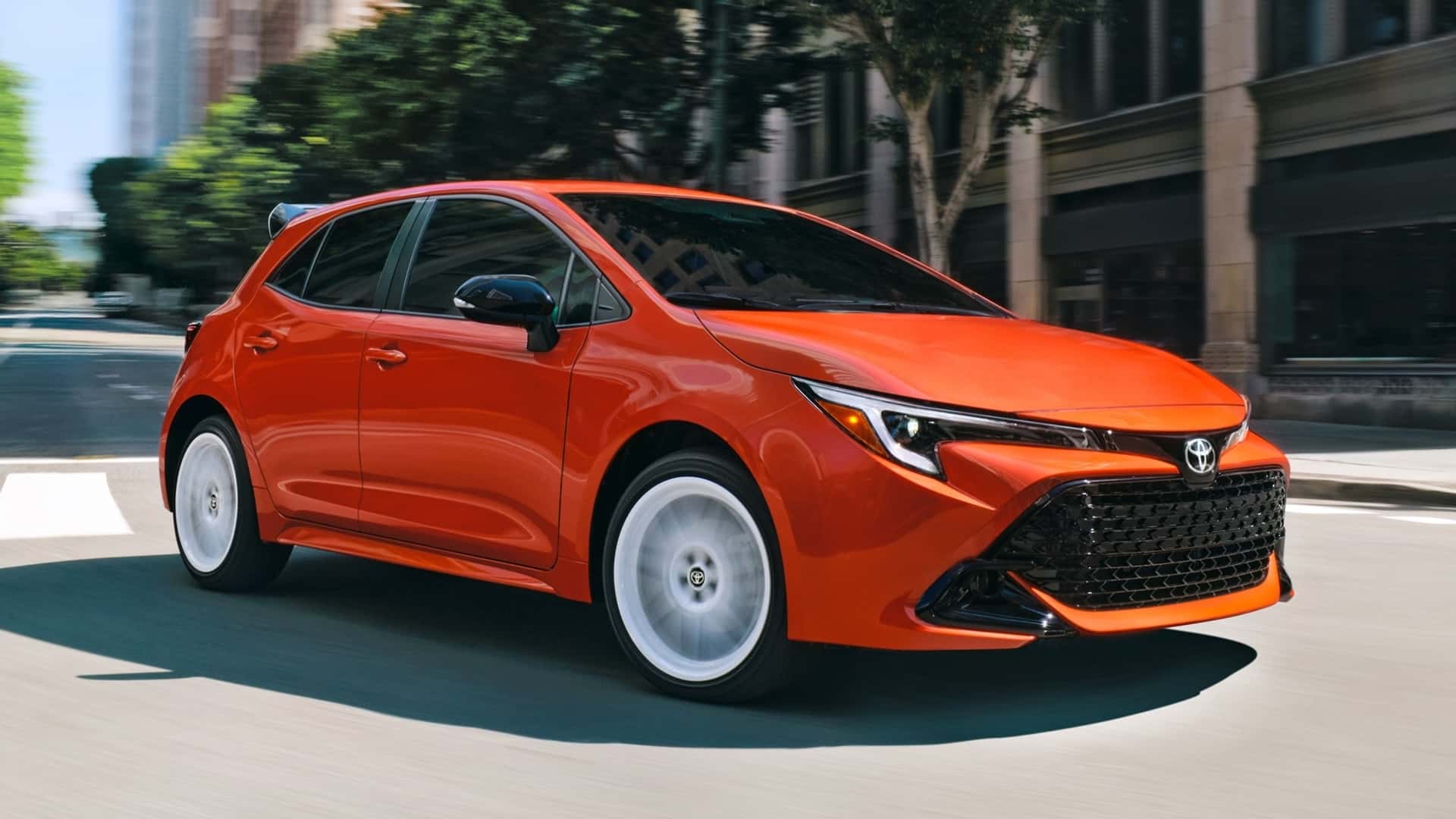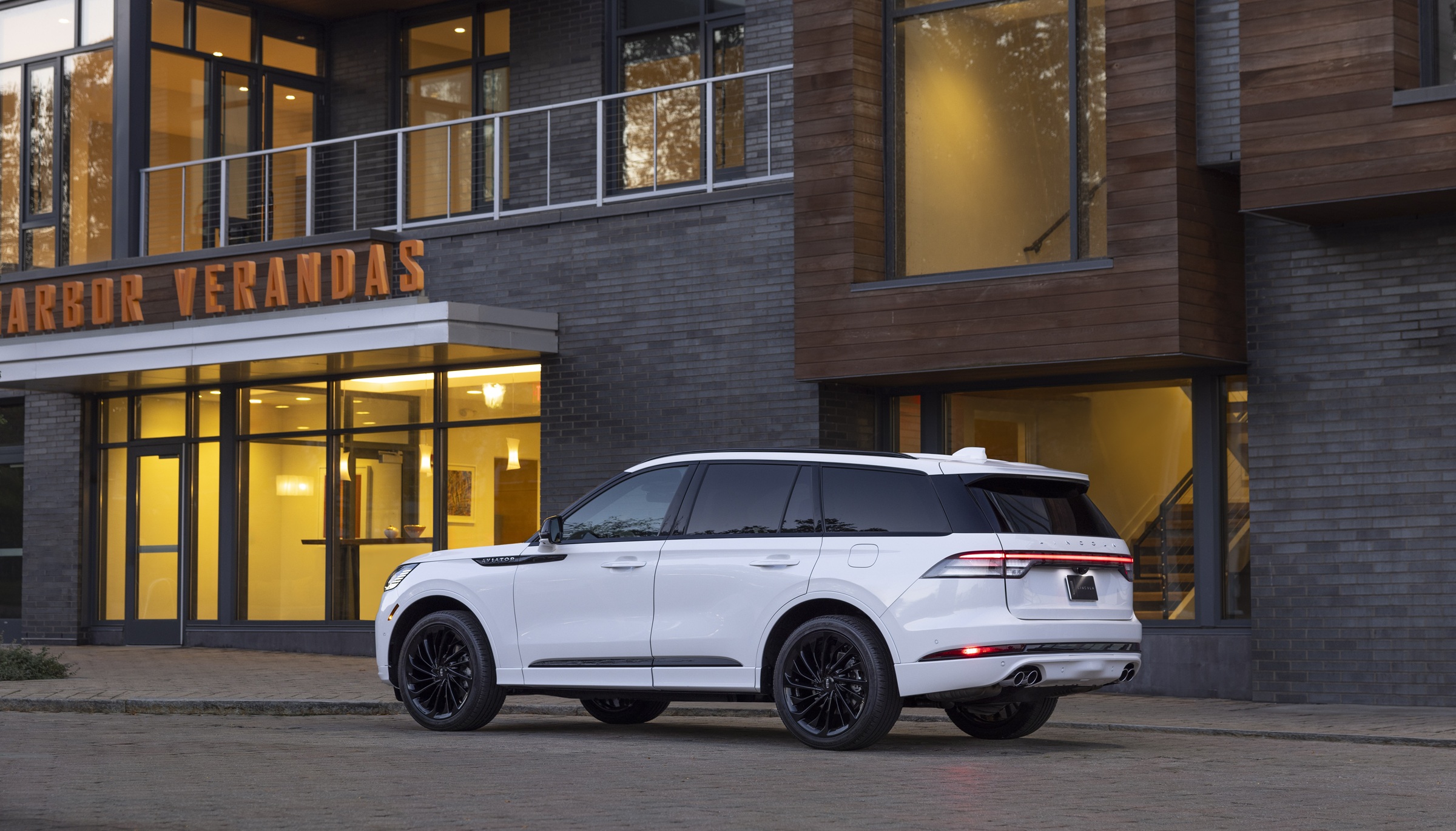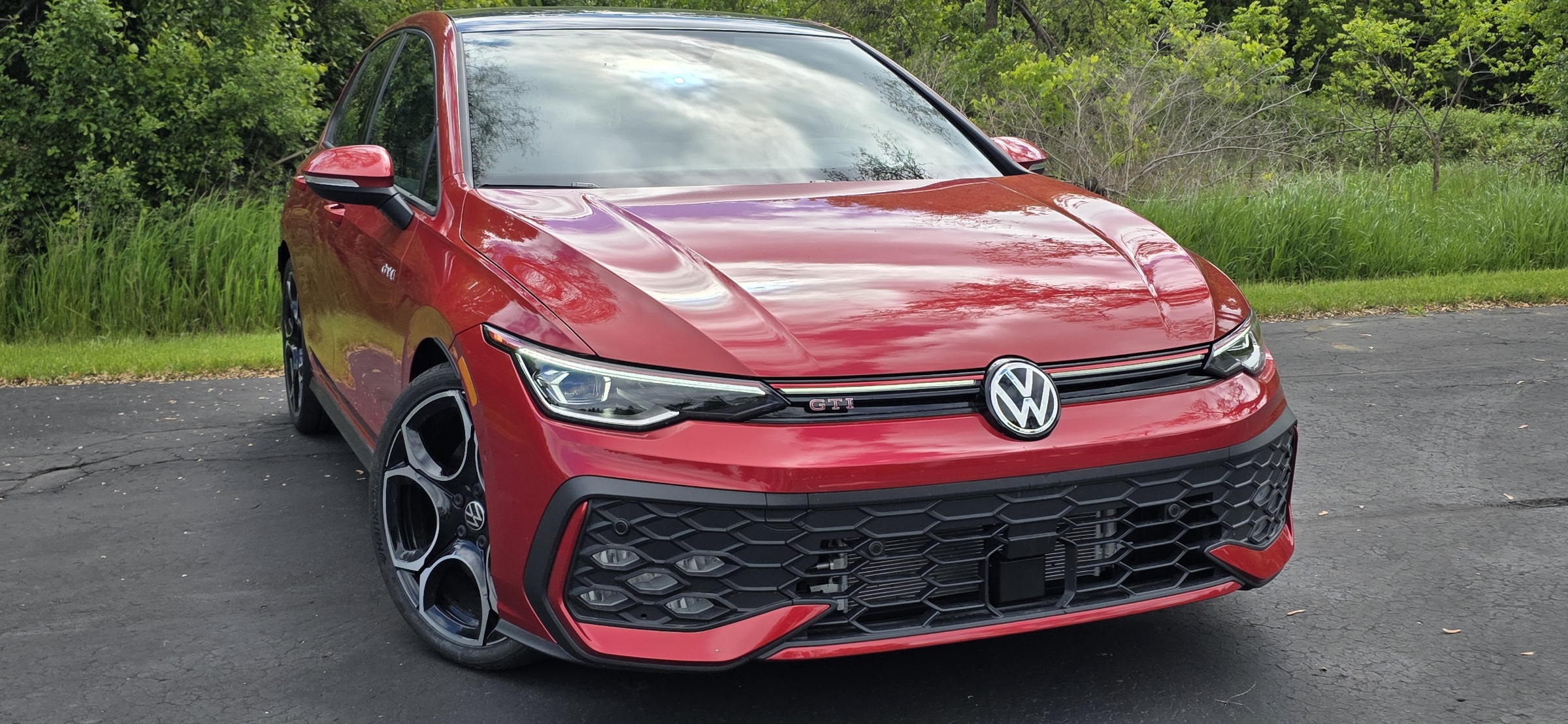When it comes to buying a car, the color of your vehicle might not seem like an important detail to consider but it often says more about you as an owner than you might want to admit. For dealerships, some of these colors are money makers too with a running joke at GMC dealerships stating there are only two colors for Denali models (white and black) with these two colors often being picked by the bulk of buyers that walk into the showroom for those vehicles versus other hues.
However, the color of your vehicle could also affect the resale value of your vehicle with a new study revealing that certain colors could either be a blessing or a heavy ball and chain on the resale value of your vehicle which in turn plays a role in how much money you can get for reselling your ride.
Certain colors have higher depreciation

The study from iSeeCars wanted to dive deep into this issue and it revealed that attention-grabbing colors like Yellow, Orange, and Green hold their value the best and allow sellers to make a higher profit with these three colors only depreciating between 24 to 26% respectively. That’s good news since the study revealed that a vehicle’s color can impact its used value by more than $5,000 after just 3 years.
As you go down the list, other colors begin to see higher amounts of depreciation with black and white depreciating a vehicle between 31 to 32%. This is partially due to the respective reputations the colors have with white being difficult to keep clean and black not only being an attention-drawing color but also a hue that becomes a large magnet or scratches and other imperfections that the paint might experience during ownership. The worst offender is gold with these vehicles losing over 34% of their value due to the color being a style-focused hue which doesn’t appeal to the broader buying public with only a small percentage of outlier buyers gravitating towards these vehicles despite a brief trend in the 1990s where gold paint and gold colored badging were in vogue.

The study also claims the three colors cause a vehicle to blend into the figurative crowd too much stating “those colors provide zero distinction in the used market, reducing their value and making it easy for buyers to shop around for the lowest-priced model in these shades,” according to iSeeCars Executive Analyst Karl Brauer. The type of vehicle featuring the paint also played a role with red-colored trucks losing over 28% of their value while orange and green-colored SUVs lost the least amount of value in their segments. The same colors also helped out sedan models with these models seeing increased demand in the used market due to the rising price of bigger utility and pickup models. To reach these conclusions, iSeeCars compared 1.2 million three-year-old used cars to determine the impacts of color on resale value.
While other factors play into a vehicle buying decision, style is slowly becoming a higher priority for some buyers, and the broader definition of what style is to a buyer can sometimes make or break a vehicle sale both in the new and used automotive markets.

Carl Malek has been an automotive journalist for over 10 years. First starting out as a freelance photographer before making the transition to writing during college, his work has appeared on numerous automotive forums as well as websites such as Autoshopper.com.
Carl is also a big fan of British vehicles with the bulk of his devotion going to the Morgan Motor Company as well as offerings from Lotus, MG, and Caterham. When he is not writing about automobiles, Carl enjoys spending time with his family and friends in the Metro Detroit area, as well as spending time with his adorable pets.

